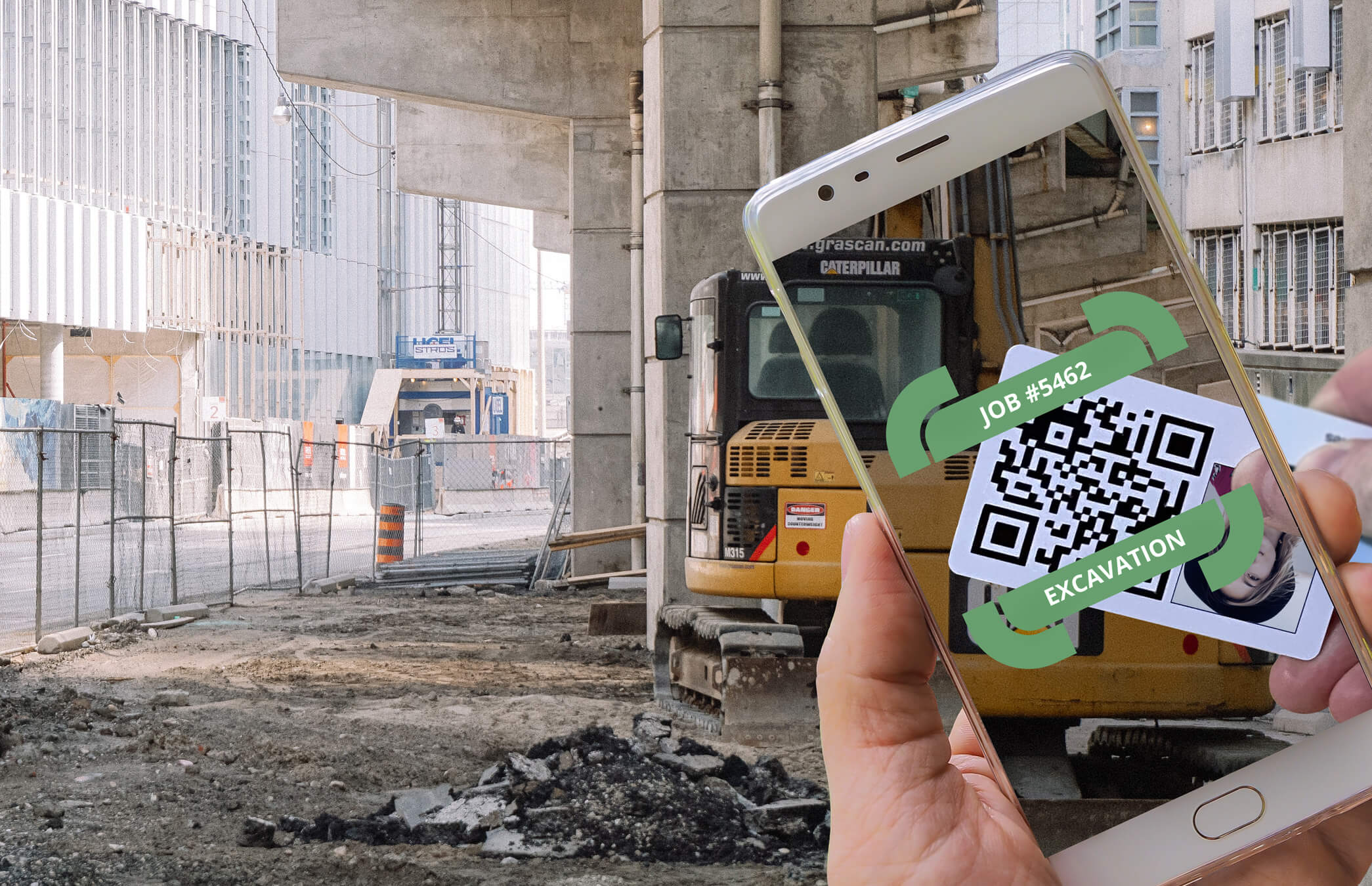Revolutionizing Construction Payroll and Productivity with QR Code Time Tracking
Published by - Apr 21, 2023

Introduction
The construction industry is in the midst of a digital transformation. One area where technology is making a significant impact is in time tracking and payroll. The traditional paper timesheet method has long been prone to errors and inefficiencies. This is where QR code time tracking comes in, offering construction companies a more reliable and accurate way to manage their workforce. In this article, we'll discuss how QR code time tracking can reduce payroll errors, improve productivity reporting, and help construction companies finally say goodbye to paper timesheets.
1. Reducing Payroll Errors
Inaccurate time tracking can lead to a multitude of payroll issues, such as underpayments, overpayments, and compliance breaches. QR code time tracking can help address these problems by providing a more accurate and reliable way to record employee hours:
-
Real-time data:
As team leaders scan employees' QR codes, the system immediately logs their hours, reducing the chance of forgotten or misplaced time entries. -
Elimination of manual data entry:
By eliminating the need to manually input hours, QR code time tracking minimizes the risk of human error and transcription mistakes. -
Accurate overtime calculations:
The system can automatically calculate overtime, ensuring employees are paid correctly and in compliance with labor regulations.
2. Reporting on Productivity
Understanding how time is spent on a construction site is crucial for productivity analysis and resource optimization. QR code time tracking provides detailed information about employee hours, job sites, and work performed, allowing managers to make more informed decisions:
-
Job site analysis:
The system can track the hours spent at each job site, helping managers identify which sites are more efficient or require additional resources. -
Task breakdown:
Employees can use QR codes to log the type of work performed, giving managers insights into how labor resources are allocated and where improvements can be made. -
Data-driven decision making:
The data collected through QR code time tracking can be used to analyze trends, identify bottlenecks, and implement productivity-enhancing strategies.
3. Ditching Paper Timesheets
Paper timesheets are not only prone to errors but also consume valuable time and resources. Transitioning to a digital time tracking system has several advantages:
-
Environmental benefits:
By going paperless, construction companies can reduce their environmental footprint and demonstrate their commitment to sustainability. -
Time savings:
Eliminating the need to collect, review, and input data from paper timesheets saves time for both employees and managers, allowing them to focus on more important tasks. -
Enhanced security:
Digital time tracking systems provide better data security and easier backups, ensuring that vital payroll information is protected from loss or damage.
Conclusion
QR code time tracking is a game-changer for construction companies looking to improve payroll accuracy and productivity reporting. By adopting this technology, companies can not only reduce errors but also gain valuable insights into their workforce's efficiency. As the construction industry continues to embrace digital solutions, now is the perfect time to ditch paper timesheets and adopt QR code time tracking.
We can help!
Get in touch with one of our skilled team here at TimeDock to see how we can help bring efficiency, clarity and insight to your business.
Next up: What is the return (ROI) on a cloud based time clock system?
This article was published by on behalf of TimeDock Limited, New Zealand.